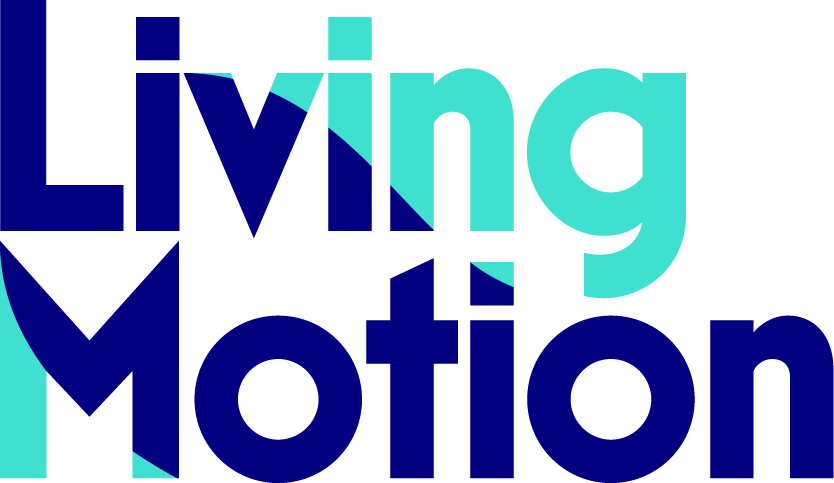
Aligning a Strategy Team Through Systems Thinking
When everyone believes in the same idea—but no one’s doing it the same way.
Aligning a Strategy Team Through Systems Thinking
How clarity and structure turned good intentions into great consulting
Jennifer led a high-performing team of strategy consultants. They all valued systems thinking—but practiced it in different ways, creating confusion for clients and for each other. This is the story of how shared reflection, peer learning, and simple tools turned a capable group into a truly aligned team.
Tags: Problem Solving • Better Collaboration • Systems Thinking • Coaching
The Challenge
Jennifer’s team believed deeply in systems thinking—the idea that everything is connected, and complexity must be respected. But everyone approached it differently. That diversity, while valuable, made their work inconsistent and hard to explain to clients.
Worse, no one felt entirely confident they were “doing it right.” Handover between colleagues became stressful. Consultants clung to their projects because letting go meant uncertainty. Jennifer knew they needed to work together—not just individually.
Our Approach
We began with a series of individual conversations to map how each team member used systems thinking—and what they wished they understood better.
Then, in group sessions, we brought it all to the surface. We discussed what systems thinking meant to them. We created shared definitions. We challenged each other’s assumptions—not to standardize creativity, but to build a shared foundation.
We also included leadership, to align the team’s approach with the company’s strategy.
Key Moments
Transparent mapping: Everyone saw how they worked differently—and what they had in common.
Co-created tools: The team developed simple worksheets to apply shared models to real cases.
Low-pressure practice: Small group sessions allowed consultants to build fluency together.
Peer reinforcement: As mutual confidence grew, people felt safe sharing ownership of projects.
Results
The team agreed on a core methodology for using systems thinking with clients.
Tools and worksheets made the approach visible, replicable, and explainable.
Project handovers became easier—and trust in each other’s work grew.
Clients noticed the clarity: communication improved, outcomes became more consistent.
“Now, we speak a common language—with clients and with each other.”
Ongoing Impact
Even after the sessions ended, the team continued refining its tools and language. One consultant became a knowledge lead, sharing new models and facilitating learning sessions. Another pursued coaching to prepare for a leadership role.
Systems thinking is now not just a value—but a practical, lived part of how the team works.
“In the beginning, we feared Monday Morning Blues—that nothing would change after training. But now we use the same tools, and we know what to expect from each other. There’s no going back.”
Want your team to think better—together?
Let’s talk about how to turn abstract alignment into real-world clarity.


